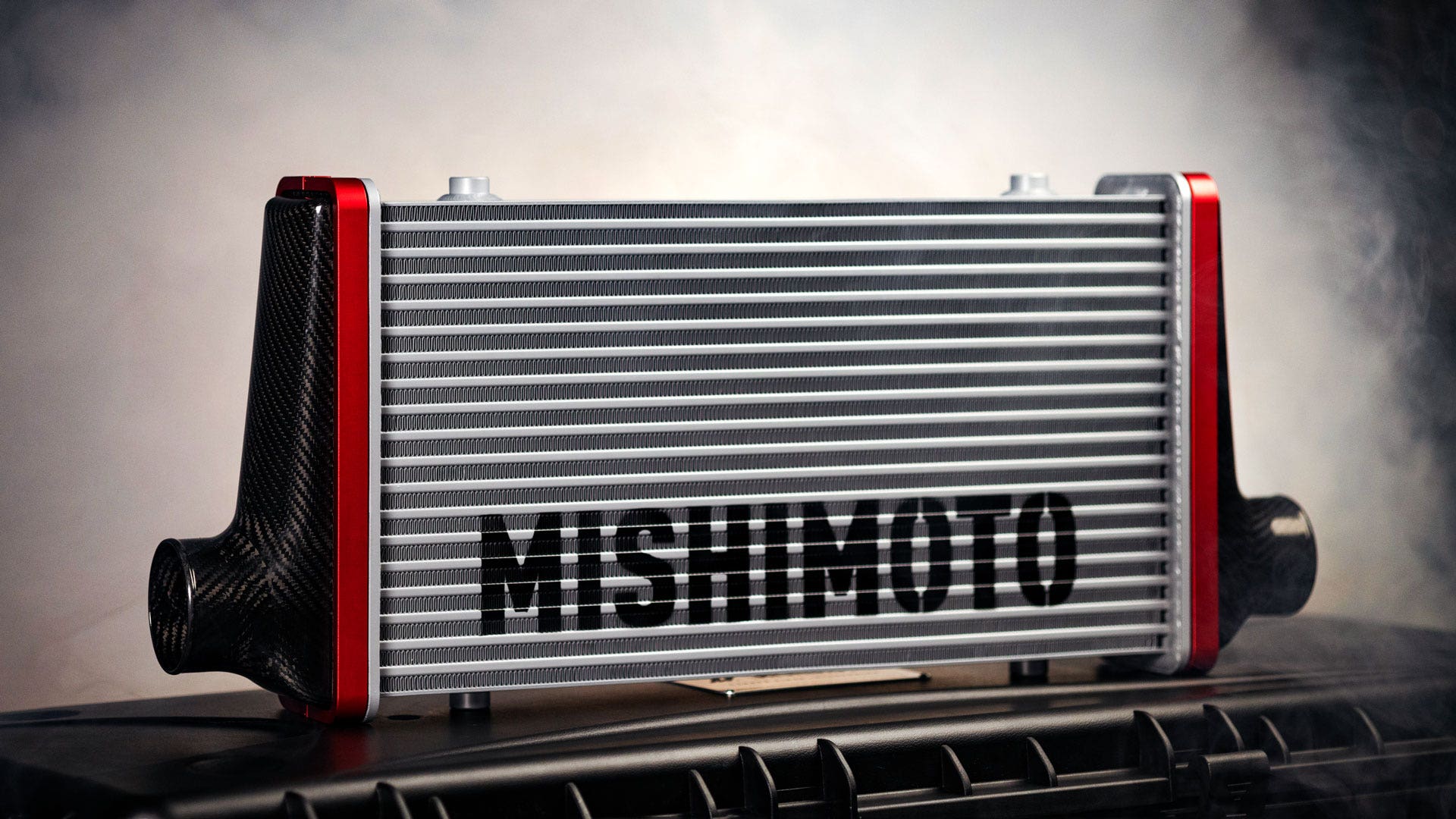
Performance Without Compromise – Mishimoto’s Carbon Fiber Intercooler
Building a performance vehicle is an exercise in compromise. Form or function? Power or weight? Strength or lightness? Often, one of those is more important to the build, so the other is sacrificed. But here at Mishimoto, we’re done compromising.
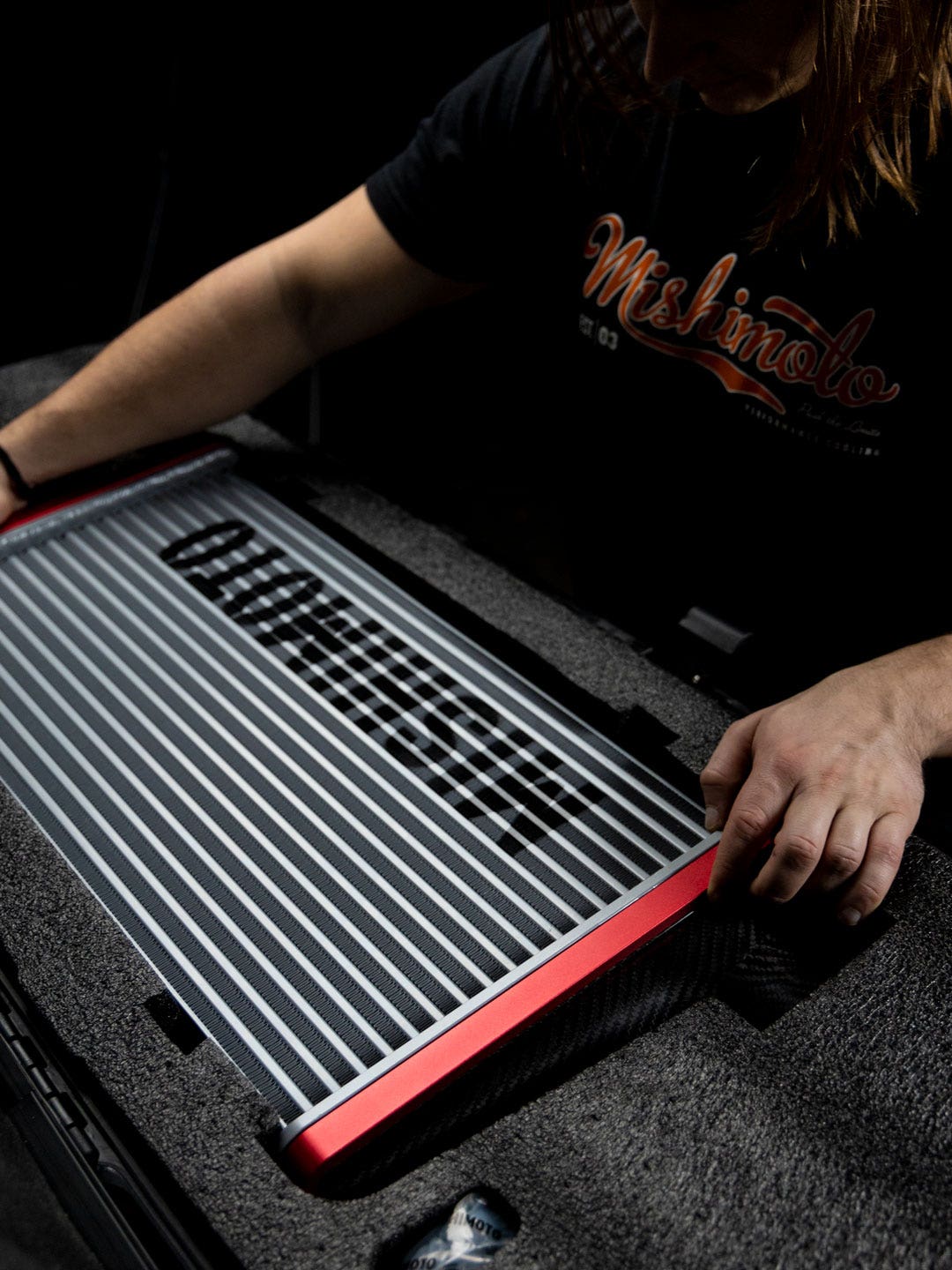

Carbon fiber has long been a material bordering on mythical. A fabric that, when combined with resin, exhibits more strength than steel at a fraction of the weight. Once reserved for small aesthetic pieces on cringeworthy show cars or the highest tier of racing, recent years have seen carbon fiber weave its way into more and more production vehicles. From the wing of a Lamborghini, all the way down to the wheels of a pony car, and the dash of a Civic. Carbon fiber is becoming as common as plastic in even mid-tier enthusiast vehicles.
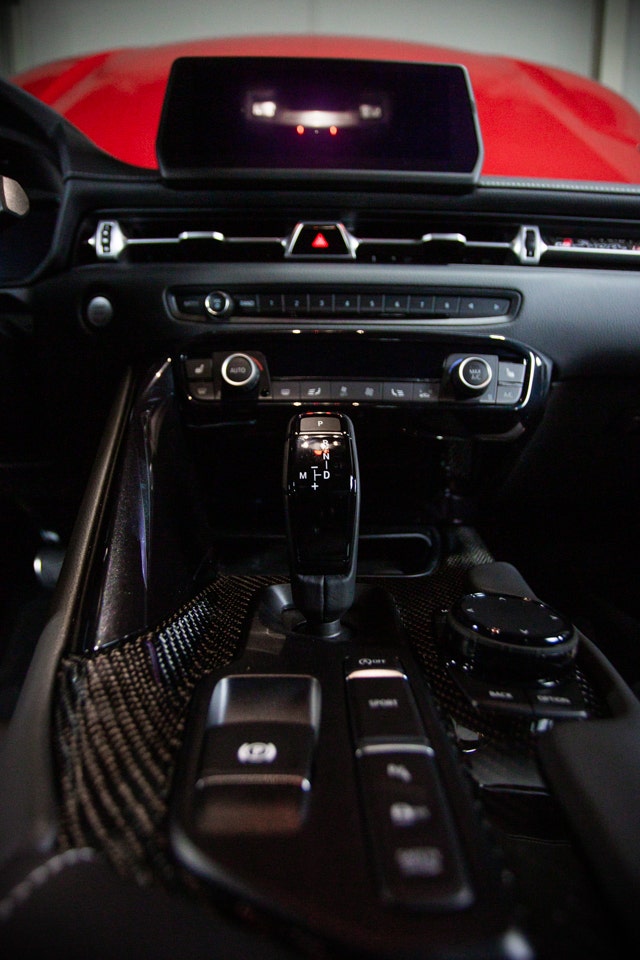

There’s one place carbon fiber has yet to infiltrate: vehicle cooling systems. Space-age polymers (plastic to most of us) or metals are still the go-to materials for most production cooling parts. In the case of plastic, it’s strong enough to last the length of a warranty and cheaper to produce than a metal part. When a manufacturer wants to up the durability, they may stamp the part in steel or cast it in aluminum. But there’s a catch with plastic and metals – they all compromise something. Plastic becomes brittle with time. Steel rusts and is limited in the shapes it can form. Aluminum is lightweight and strong, but often too expensive for mass production. Most of all, plastic, steel, and aluminum all compromise on weight in favor of strength.
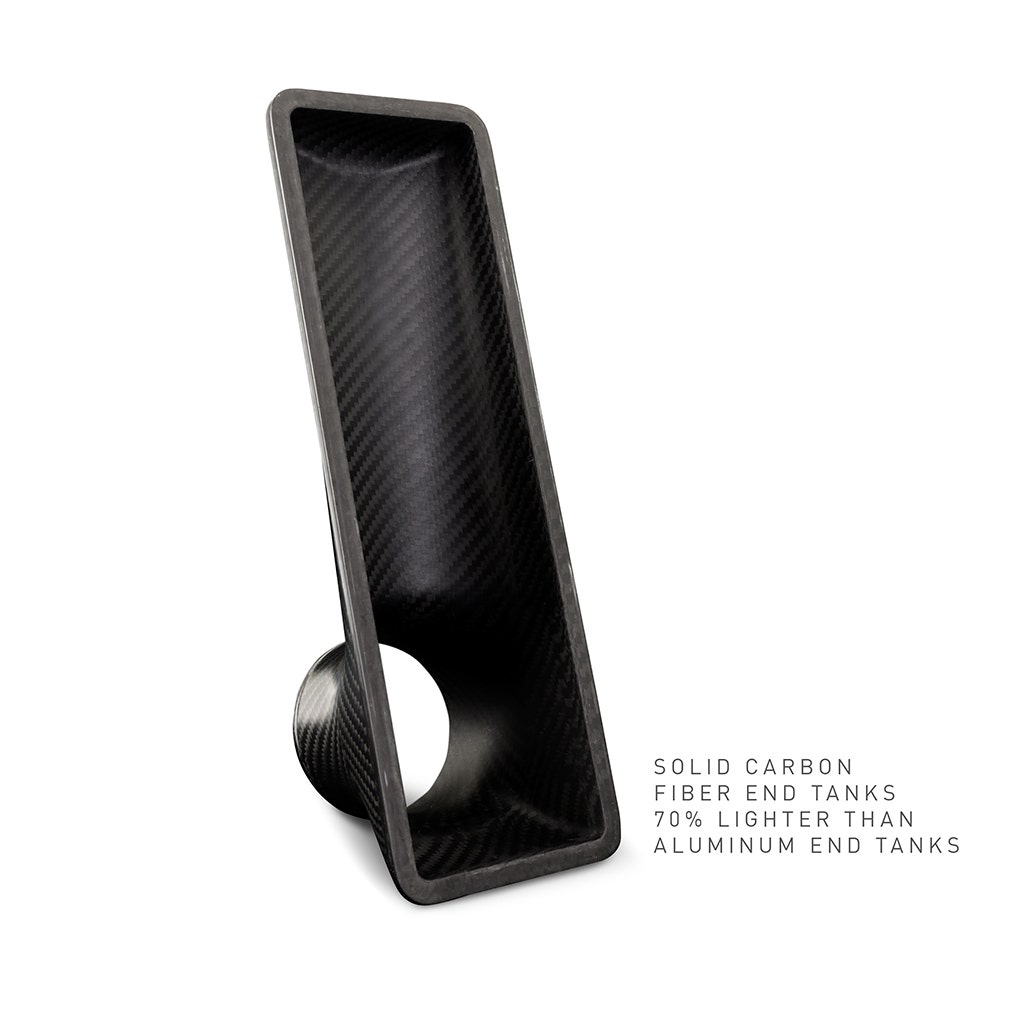

Enter Mishimoto’s carbon fiber intercooler. Aluminum end tanks, whether cast or welded sheet, are far superior to the plastic end tanks found on stock intercoolers, but we wanted to create an intercooler that dedicated as much of its weight as possible to performance, without compromising on strength. The obvious choice for this task was carbon fiber. While we’d love to make an entire intercooler from carbon fiber, that wouldn’t perform very well, so we stuck with an aluminum tube-and-fin core mated to solid carbon fiber end tanks.
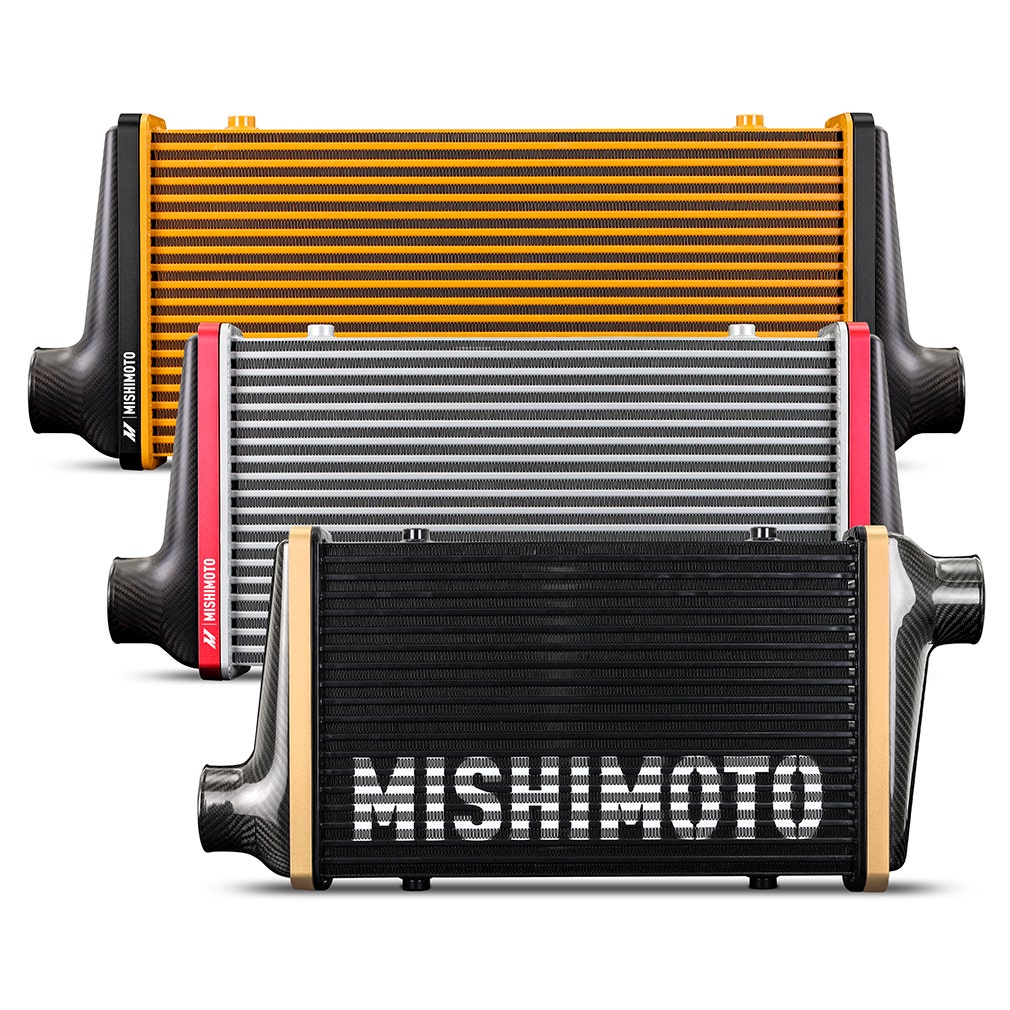

The end tanks of an intercooler can often weigh several pounds and, aside from directing air into the core, they don’t serve much purpose in cooling charge air. By utilizing carbon fiber, we were able to create end tanks that are 70% lighter than aluminum alternatives, at 3x the strength. A tube-and-fin core is the ideal choice for a balanced and free-flowing intercooler. We packed louvered fins into the core that maximize its efficiency and allow us to balance flow and cooling for builds up to 950 horsepower. This high-density core and louvered fins allow the Mishimoto intercooler to be up to 34.9% more efficient than a typical tube-and-fin intercooler.
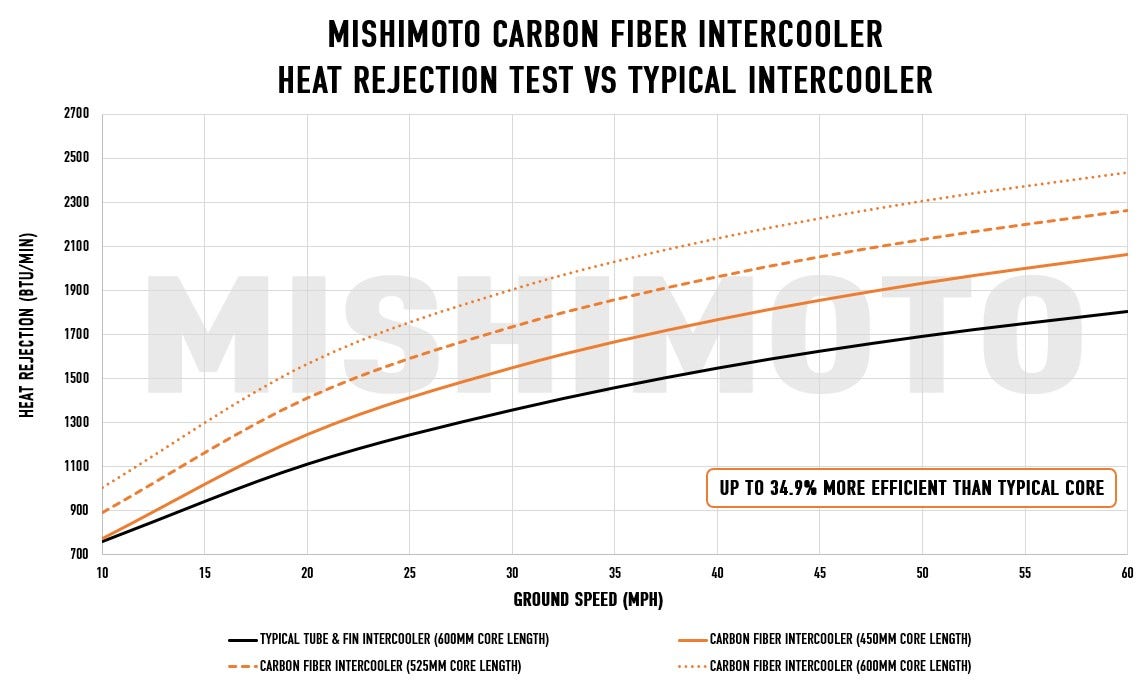

Joining carbon fiber end tanks to an aluminum core isn’t as simple as it seems, however. If you Google “carbon fiber intercooler” you’ll notice a lack of options for functioning intercoolers. This is because carbon fiber and aluminum cores are naturally hard to bond. You might think, “just glue them on,” but, while adhesive works well for joining carbon fiber to more carbon fiber, it will never hold up on an intercooler thanks to thermal expansion.
Obviously, intercoolers get hot, then cool off (it’s kind of their job). Those heating and cooling cycles cause the intercooler to expand with heat and contract as it cools. The problem is that carbon fiber expands and contracts very little with changes in temperature. It’s rate of thermal expansion is similar to diamonds and over 15-times lower than aluminum. This difference in movement would crack any adhesive in one drive. So how could we join the two into an intercooler capable of withstanding boost?
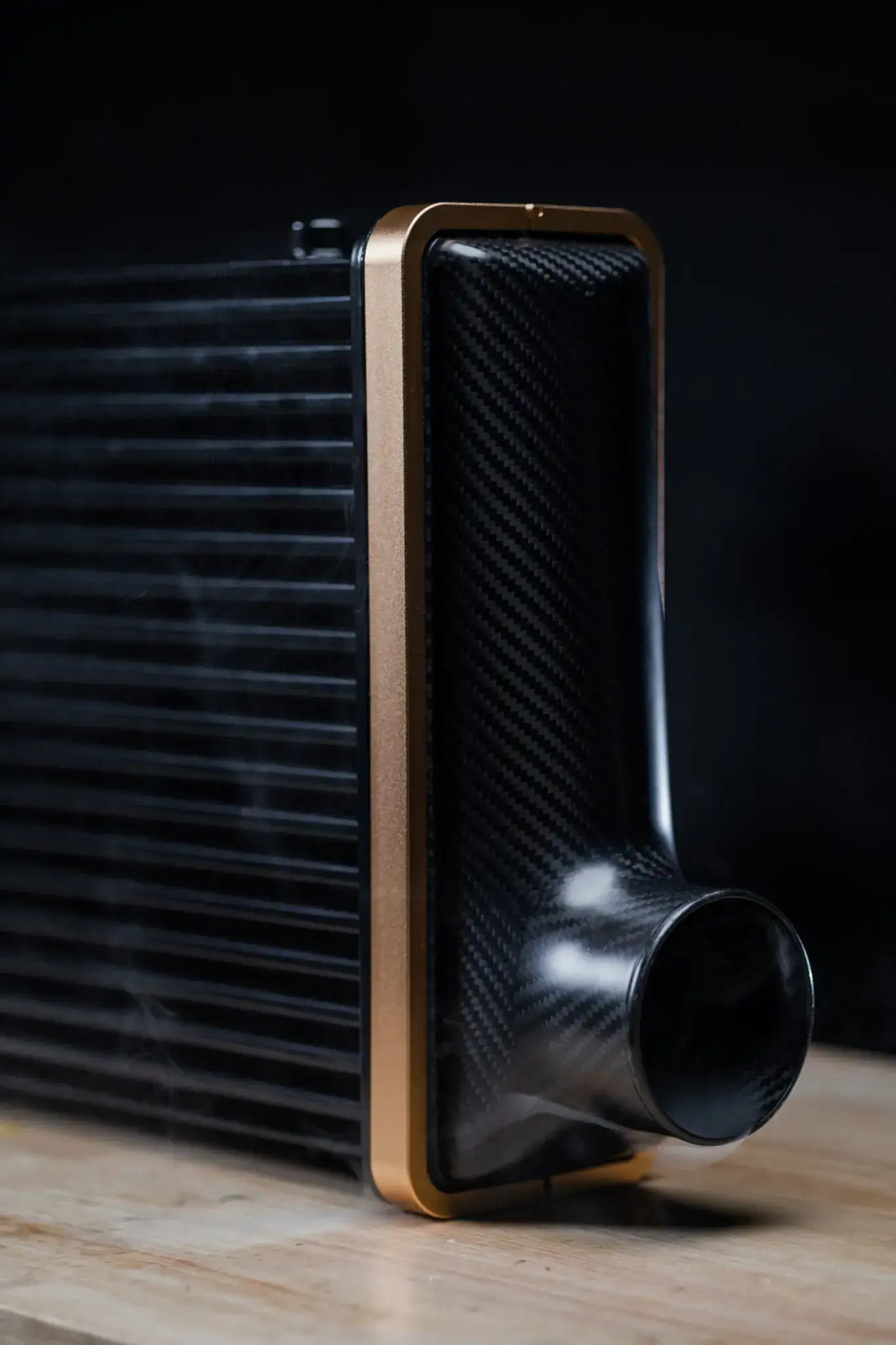

In true Mishimoto fashion, we thought outside the box. V-bands are often chosen for exhausts and intercooler piping because they create a seal without any gaskets or adhesives. An external clamp holds the two parts together in a way that only gets stronger as the parts expand with heat. They also have the advantage of allowing some movement between parts while maintaining that seal. Being very familiar with V-bands, we adapted them to clamp our carbon fiber end tanks to our aluminum core. Our end tanks feature precision-machined faces that mate together to form a seal against up to 32 PSI of boost.
To ensure these clamps can hold up to the rigors of real-world applications, we installed the intercooler on our tuned Ford Ranger that produces 28 PSI of boost for dyno testing and 1,000-mile road test. We know boost pressure isn’t the only threat on the road, so we also sent our end tanks out to a third-party lab to be tested to SAE J400 standards for gravel impacts. Both passed these tests with flying colors, proving this carbon fiber intercooler is ready for the real world.
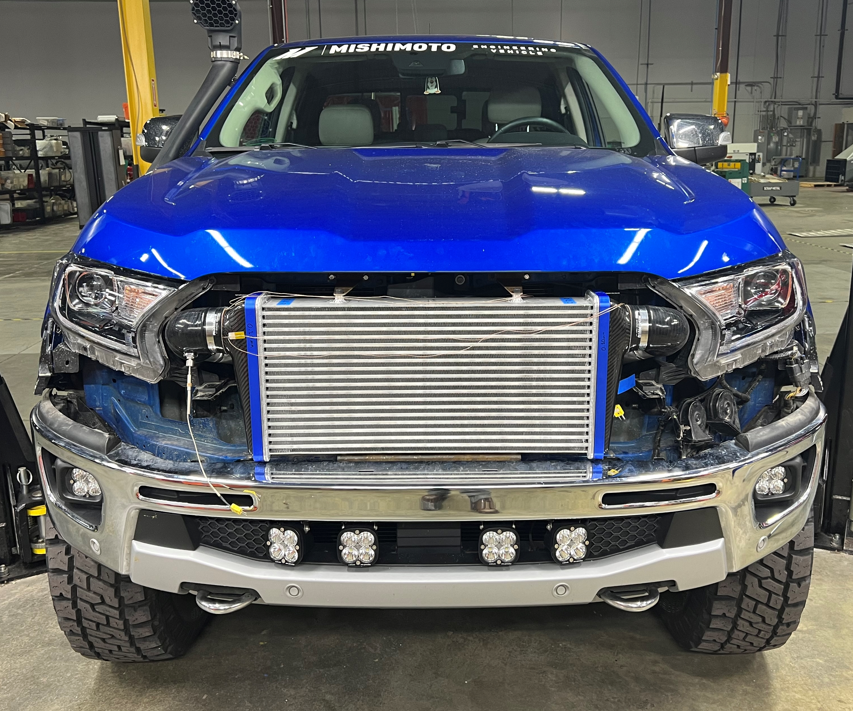

Of course, we couldn’t just throw some V-band clamps on and call it a day. As much as an intercooler is a performance part, it’s front-and-center placement makes it part of the vehicle’s design. Carbon fiber looks cool enough on its own, but we took it a step further by sandblasting and anodizing the end tank clamps in a range of 8 colors that pop against the deep black of either matte or gloss end tanks. Three core colors (black, silver, and gold) let you customize our carbon fiber intercooler to fit any color scheme. With customizability in mind, we also offer three core lengths, your choice of straight-through or offset end tanks, and four convenient mounting points ensure this intercooler fits any build.
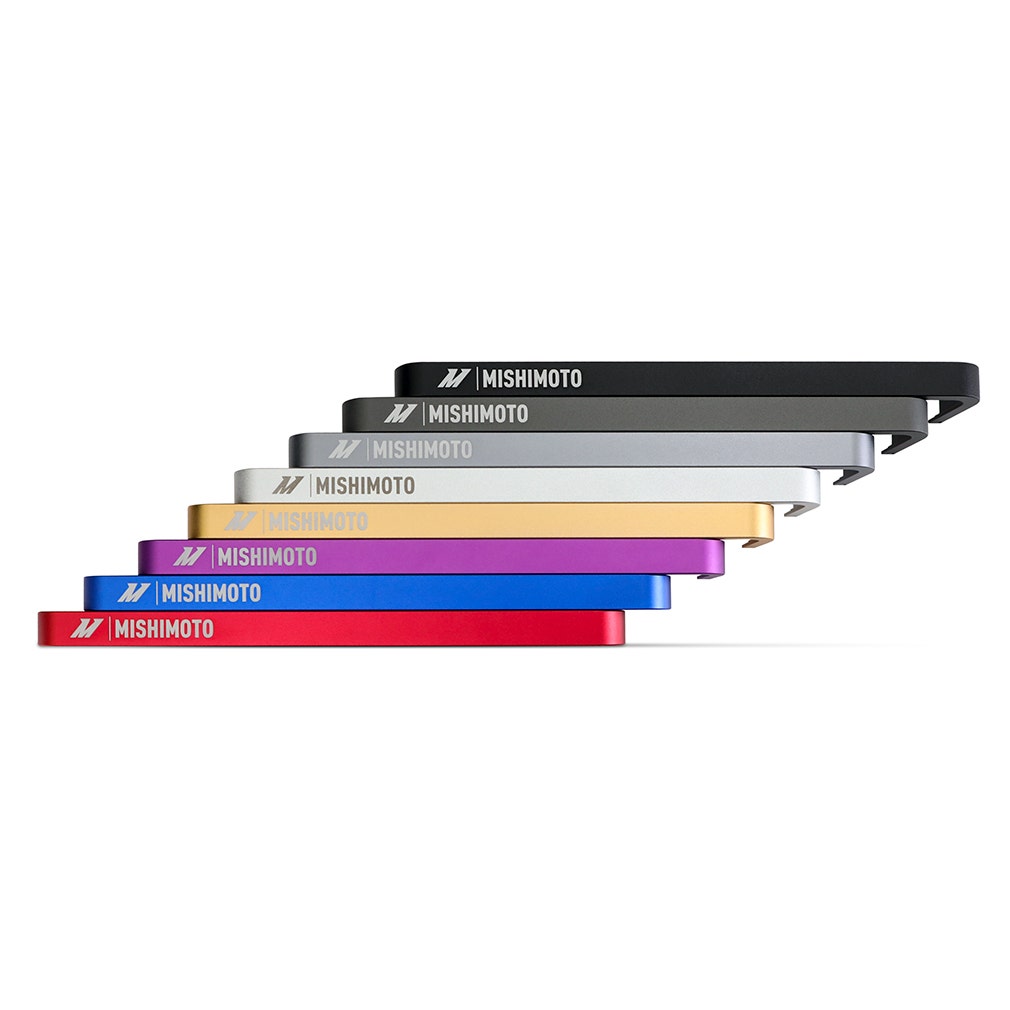

After all of the work we’ve put into bringing carbon fiber into a new realm of automotive performance, it’s understandable that this intercooler has become a passion project of ours. As such, we’re not letting it out of our sight and will be assembling every order, by hand, in our Delaware development facility. When you install this intercooler on your pride and joy, we want you to know that we built it with the same pride and joy, from the ground up, without compromise.
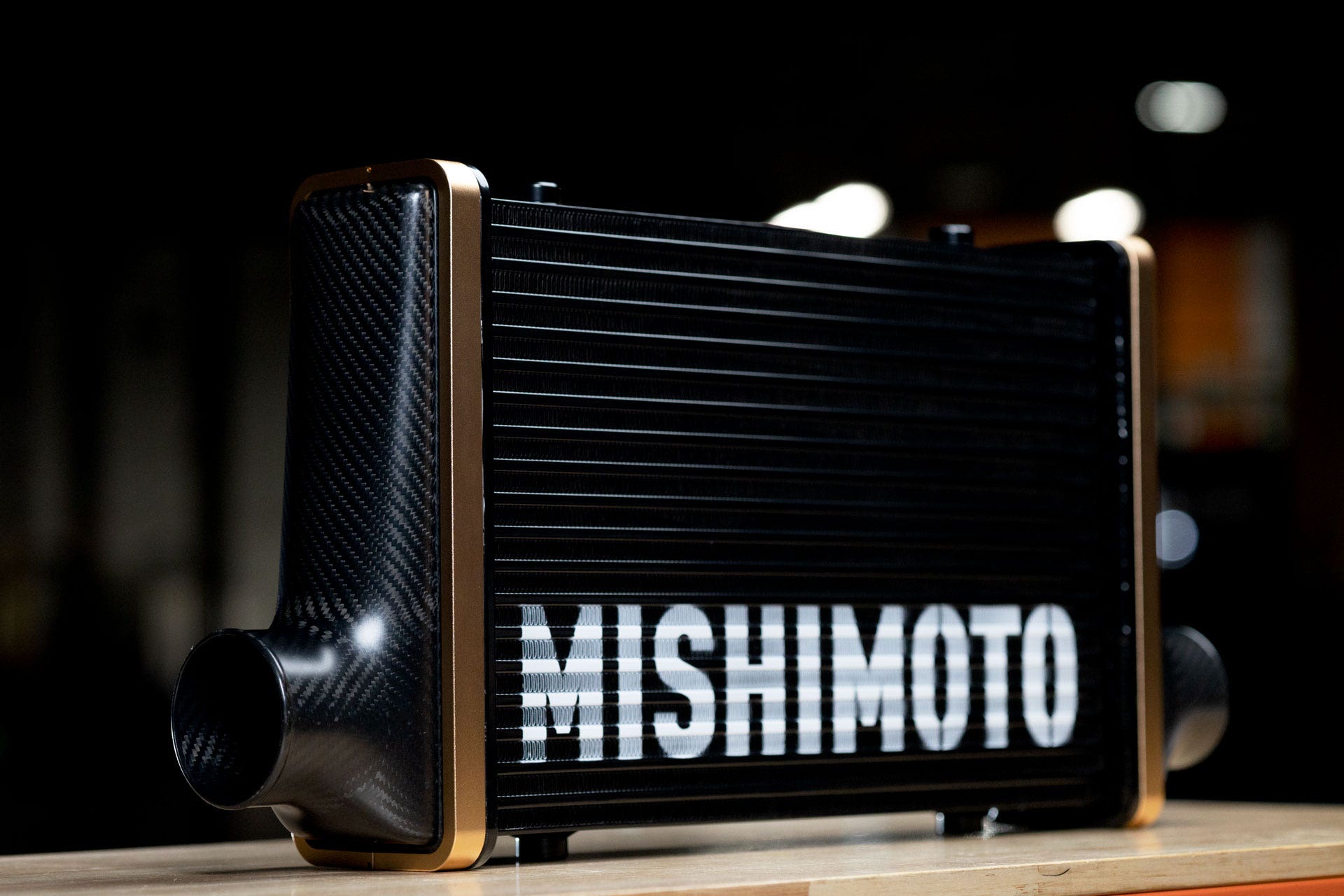

If you want to get a hold of a piece of performance innovation, head over to the product page and start building your one-of-a-kind, multiple-patent-pending Mishimoto Carbon Fiber Intercooler now.
Thanks for reading,
-Steve









